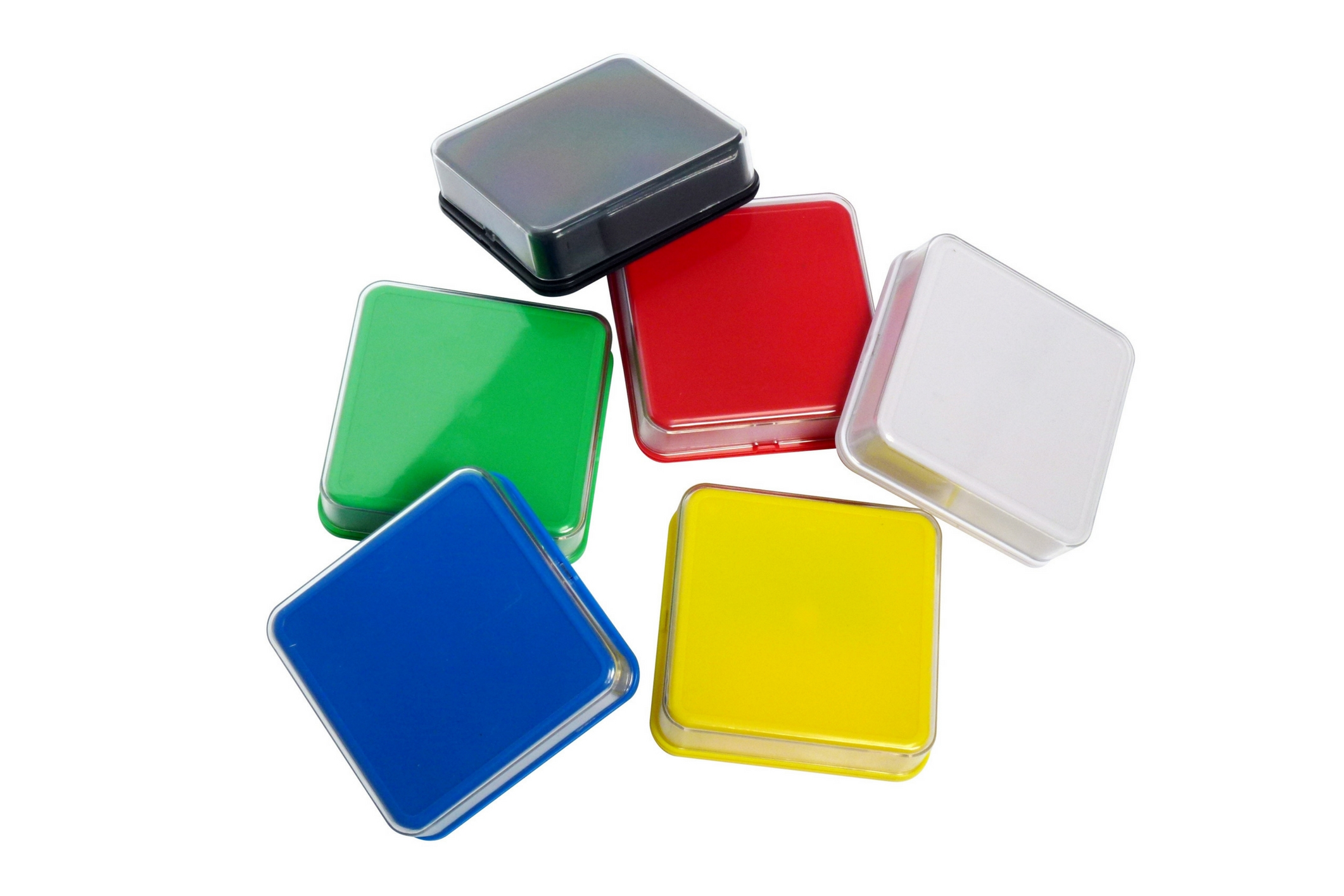BLOG


How does exercise help improve ADHD symptoms?
Exercise is not just good for our bodies, it is also good for the brain. It is extremely beneficial for those with ADHD. According to research, exercise has been found to help elevate dopamine and norepinephrine, and keep them up for a prolonged period of time. It also helps to still the impulsivity and cravings for immediate gratification, as it helps wake up the executive function of the frontal cortex. This in turn allows for better choices and more time to evaluate consequences.
Here is how exercise helps improve ADHD symptoms:
- Exercise can improve learning ability of those with ADHD. Their senses are heightened, their focus and mood is improved, they’re less likely to be fidgety and tense, and feel more motivated and invigorated.
- Exercise also improves the state of mind of ADHD learners and influences direct learning at the cellular level. It improve the brain’s potential to process new information.
- It helps create an environment for the brain cells to wire together and act as a building block of learning.
- Exercise is also a great way to increase neurogenesis, i.e. the ability to create new neurons. This process is increased to a great extent after we exercise, by releasing factors to encourage the process by which our stem cells divide and provide a healthier internal environment for them to grow up and become nerve cells.
- It is also a wonderful way to help address stress and mood disorders in ADHD children. Exercise helps to heighten the response to stressors – that is, we become less stressed by the same stressors when in a fit condition. It helps delay the stress response system and makes the cells more resilient.
- It helps build up an internal stress resistance system that addresses mood disorders over a period of time and ensure ADHD symptoms are in check.
- Exercising helps raise the levels of neurotransmitters and improves the overall mood. It helps reenergizes the brain and ensure that it adapts to the environment.
Tips to Help ADHD children exercise
Children with ADHD can be encouraged to get into team sports to get them moving. However, not all kids are comfortable with team sports. Parents should look for non-competitive activities that help them get started.
- Try activities such as swimming, track activities, or martial arts.
- Talk to the school teachers about integrating more non-competitive physical activities in their school day.
- Find an activity that your kid really enjoys. This will ensure that they will participate willingly and stay active as they get older.
- Go for family bike rides, brisk walks to school or a simple tag game which helps integrate exercise into daily life at home.
Exercise may not be the full solution for a child who’s struggling with ADHD, but it can have a positive impact on their concentration, and is vital to healthy physical and mental development of all children.

